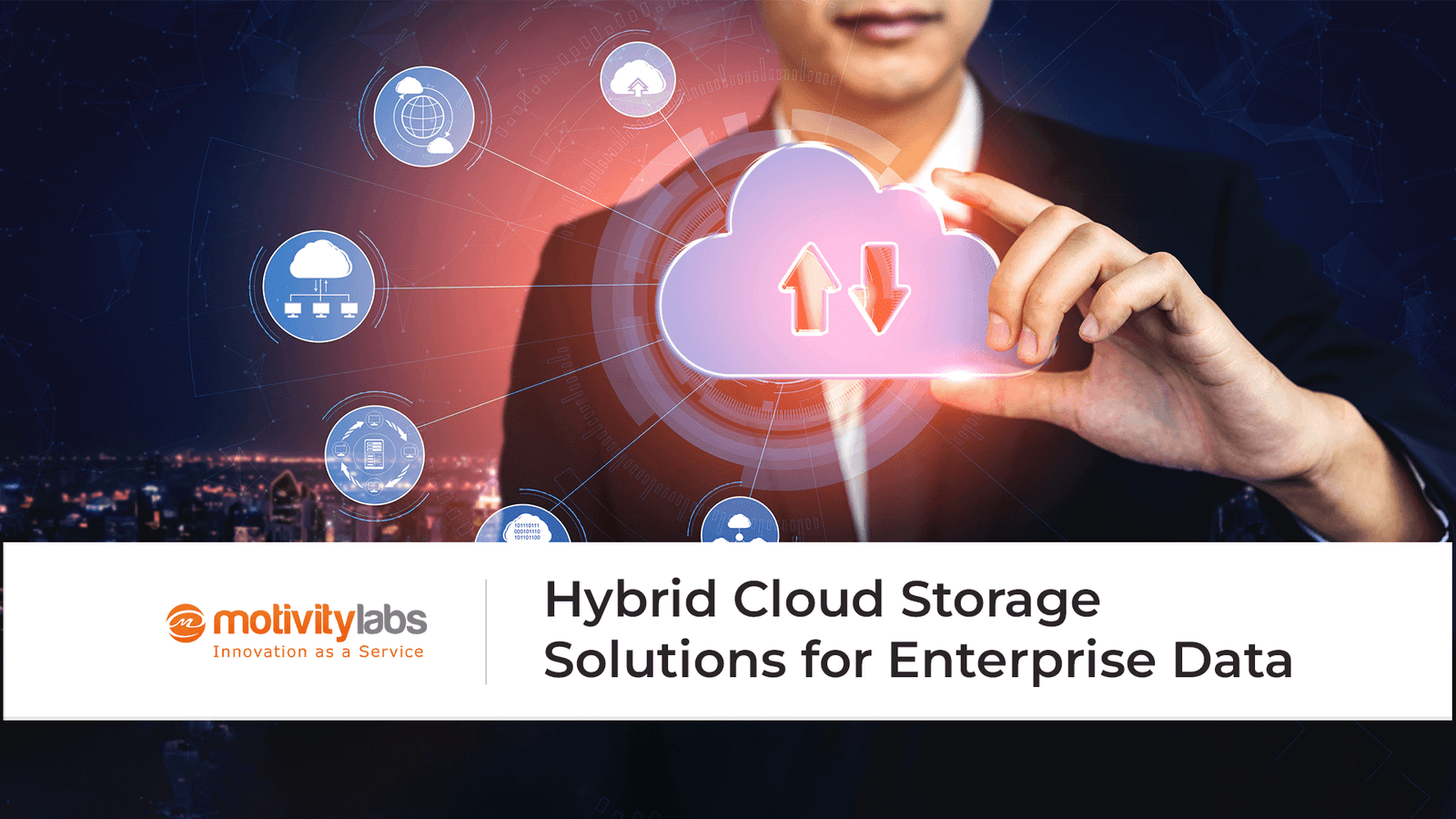Cloud computing has redefined software engineering. Developers no longer rely on fixed infrastructure or physical limitations. Cloud platforms now power everything from code repositories to deployment pipelines. Teams move faster, scale smarter, and reduce costs without compromising performance.
Modern software engineering thrives in a cloud-first environment. Developers build, test, and deploy across distributed systems with unmatched flexibility. Cloud computing enables experimentation, automation, and continuous improvement.
Gartner reports that over 95% of new digital workloads will be deployed on cloud-native platforms by 2025, up from just 30% in 2021. Platforms like AWS, Azure, and Google Cloud offer more than storage. They deliver entire ecosystems. These ecosystems support scalable microservices, container orchestration, real-time collaboration, and security-first architecture.
Shifting from Traditional Infrastructure
Software development once depended on on-premise servers and long provisioning cycles. Teams faced limitations in scalability, performance, and reliability. Errors required manual intervention. System maintenance consumes time and energy. Cloud computing removed these constraints.
Engineers spin up virtual machines in seconds. They allocate resources dynamically. Compute power scales with usage. Cloud-based networks replicate traffic, balance load, and optimize latency. Projects evolve without hardware bottlenecks or procurement delays.
Developers control environments through APIs. They replicate production systems during testing. Code moves from commit to deployment using pipelines built in the cloud. Legacy systems struggle to match this speed.
Enabling Agile and DevOps Practices
Agile workflows depend on iteration and rapid feedback. DevOps practices demand automation, testing, and continuous delivery. Cloud computing aligns with both. Teams build and release faster. Bottlenecks shrink. Manual tasks disappear.
Version control, CI/CD, containerization, and monitoring tools integrate into cloud platforms. Teams push changes through pipelines. Builds compile automatically. Tests run instantly. Deployments happen with a single command.
Engineers ship smaller, frequent updates. Code reaches users faster. Feedback loops shorten. User needs drive product evolution in real time. Cloud services such as GitHub Actions, AWS CodePipeline, and Azure DevOps support complete DevOps cycles. These platforms eliminate the need for on-premise servers. Developers focus on logic. Infrastructure handles itself.
Scalability and Performance on Demand
Cloud environments scale. Applications respond to user demand automatically. Traffic spikes trigger resource expansion. Quiet hours scale systems down. Teams avoid overprovisioning.
This elasticity supports projects of any size. Startups launch MVPs without large budgets. Enterprises handle millions of users without capacity concerns. Cloud-native applications adapt in milliseconds.
Software engineers architect for performance. Cloud platforms supply distributed computing, database replication, and global content delivery. Applications stay fast and available. Downtime drops to near zero.
Edge computing reduces latency. Requests are routed to the nearest server. User experience improves. The cloud infrastructure handles the heavy lifting.
Microservices and Containerization
Modern engineering often favors microservices. These independent services communicate through APIs. Cloud environments support this structure. Services scale individually. Engineers fix issues without disrupting entire systems.
Containers make this possible. Docker and Kubernetes orchestrate services across clusters. Engineers define environments in code. Containers deploy consistently in any cloud.
Kubernetes handles service discovery, load balancing, scaling, and failure recovery. Developers maintain stability without managing physical servers. Applications stay modular and fault-tolerant. This structure simplifies updates. One service change. Others continue unaffected. Development becomes faster, safer, and more controlled.
Enhanced Collaboration and Remote Development
Software engineering has become global. Teams span countries and time zones. Cloud computing supports this reality. Developers collaborate through shared repositories, cloud IDEs, and real-time communication tools.
Tools like GitHub, GitLab, and Bitbucket live in the cloud. Developers push code from anywhere. Pull requests, reviews, and merges happen asynchronously. Cloud-based IDEs such as AWS Cloud9 and GitHub Codespaces enable browser-based development.
Code consistency improves. Onboarding becomes faster. Engineers access environments without a complex setup. Projects stay aligned across continents. Documentation, design, deployment, and monitoring happen in the same cloud ecosystem. Remote teams remain productive and connected.
Automated Testing and Quality Assurance
High-quality software demands rigorous testing. Manual testing slows delivery. Errors slip through. Cloud computing solves this. Automated tests run across environments in minutes. Unit, integration, end-to-end, and load tests are executed in parallel. Test data lives in isolated environments. Engineers catch issues early.
Tools like Selenium Grid, BrowserStack, and Cypress integrate with cloud pipelines. Engineers validate performance across browsers, devices, and operating systems. Testing becomes routine. Releases stay stable. Feedback reaches developers without delay. Cloud testing shortens release cycles and strengthens reliability.
Security and Compliance in the Cloud
Security remains a top concern. Cloud platforms invest heavily in protection. Engineers build with confidence. Identity management, encryption, logging, and monitoring function seamlessly out of the box.
Role-based access controls restrict permissions. Secrets and keys stay hidden. Automated scans flag vulnerabilities. Engineers stay informed.
Compliance frameworks like SOC 2, ISO 27001, HIPAA, and GDPR guide cloud operations. Organizations maintain regulatory alignment without building controls from scratch.
Engineers log every event. Systems create audit trails. Security is integrated into development, not added afterward. Zero-trust architecture reduces risk. Cloud services restrict communication between components. Breaches stay contained. Data remains protected.
Cost Optimization and Resource Management
Cloud computing enables granular control over cost. Engineers monitor usage in real time. Billing dashboards track consumption, ensuring budgets stay intact. Unused resources stop automatically. Engineers schedule jobs. Environments shut down during inactivity. Teams pay for what they use.
Spot instances and serverless functions further reduce costs. Compute runs when needed. No idle time. No unnecessary spending. Engineering becomes efficient. Projects scale without runaway bills. Budgeting stays predictable.
Observability and Monitoring
Modern applications need observability. Metrics, logs, and traces inform teams. Cloud platforms deliver this insight in real time. Engineers visualize performance. Dashboards display uptime, latency, errors, and traffic. Alerts notify teams before users feel the impact.
Tools like Datadog, Prometheus, New Relic, and AWS CloudWatch integrate easily. Events trigger automated responses. Monitoring becomes part of the codebase. Performance tuning becomes data-driven. Teams optimize based on real signals. Systems grow more reliable over time.
Future-Proof Engineering
Technology evolves quickly. Software engineering adapts with it. Cloud computing prepares teams for change. New frameworks, languages, and tools integrate easily. Serverless computing, AI/ML, IoT, and blockchain services are now part of the modern developer toolkit. Engineers explore freely. Infrastructure supports innovation.
APIs, SDKs, and documentation guide adoption. Teams experiment without starting from scratch. Cloud services evolve constantly. Projects stay competitive. Talent stays engaged. Engineering becomes future-proof.
Final Words
Cloud computing continues to reshape software engineering. It empowers teams to move faster, collaborate more effectively, and deploy with greater confidence. Engineers design systems that scale, secure data, and optimize performance. Automation replaces repetition. Intelligence replaces guesswork.
Motivity Labs brings this transformation to businesses through robust cloud services. Their expertise helps engineering teams unlock the full potential of cloud-native development. From architecture to automation, Motivity Labs ensures your software engineering practices align with the future.



